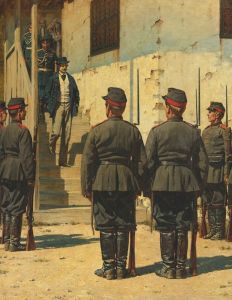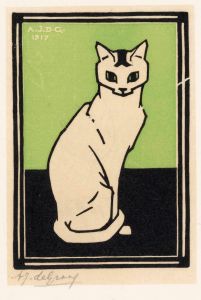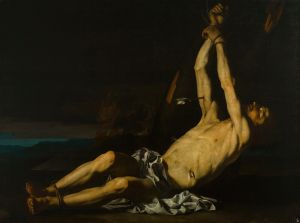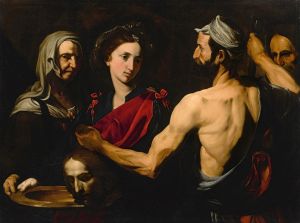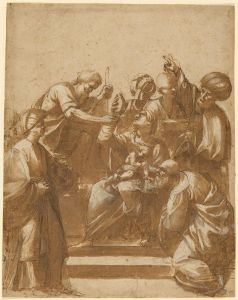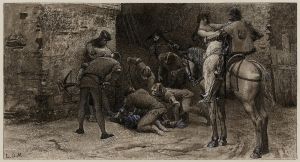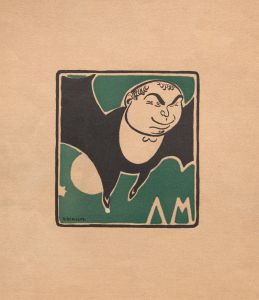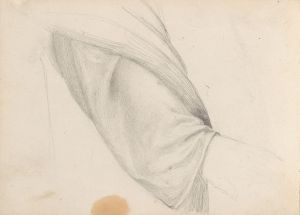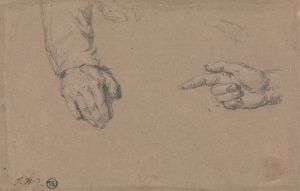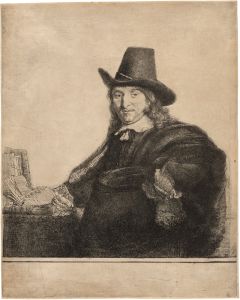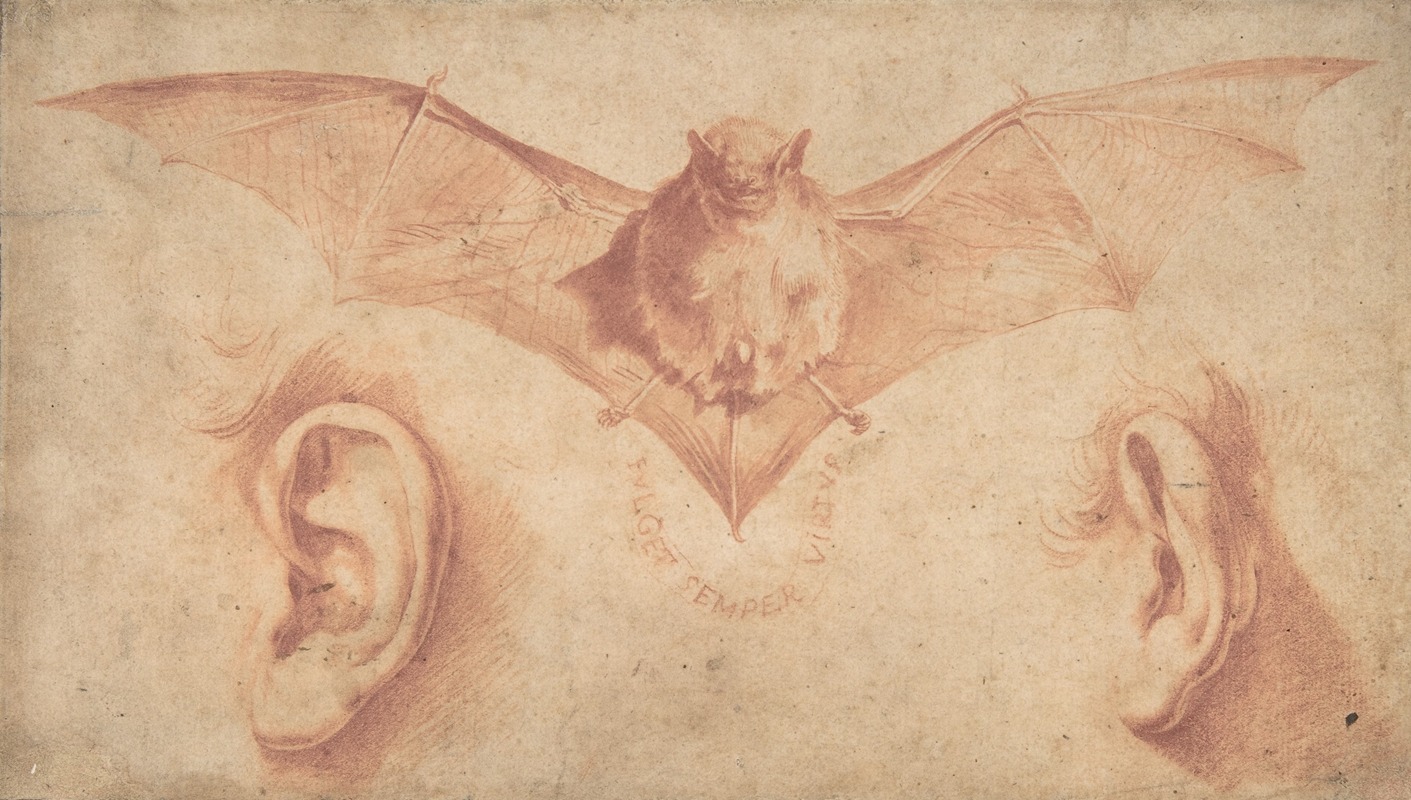
Studies of Two Ears and of a Bat.
A hand-painted replica of Jusepe de Ribera’s masterpiece Studies of Two Ears and of a Bat., meticulously crafted by professional artists to capture the true essence of the original. Each piece is created with museum-quality canvas and rare mineral pigments, carefully painted by experienced artists with delicate brushstrokes and rich, layered colors to perfectly recreate the texture of the original artwork. Unlike machine-printed reproductions, this hand-painted version brings the painting to life, infused with the artist’s emotions and skill in every stroke. Whether for personal collection or home decoration, it instantly elevates the artistic atmosphere of any space.
Jusepe de Ribera, a prominent Spanish painter and printmaker of the Baroque period, is known for his dramatic use of chiaroscuro and his realistic portrayals of human figures. However, there is no widely recognized artwork titled "Studies of Two Ears and of a Bat" attributed to Ribera. It is possible that this title may refer to a lesser-known work, a misattribution, or a study that has not been extensively documented in art historical records.
Ribera, also known as José de Ribera or by his Italian nickname "Lo Spagnoletto" (the Little Spaniard), was born in 1591 in Xàtiva, Spain. He spent most of his career in Italy, particularly in Naples, which was then part of the Spanish Empire. Ribera was a leading figure in the Neapolitan school of painting and was heavily influenced by Caravaggio, adopting his dramatic lighting and realistic approach to human anatomy.
Ribera's oeuvre primarily consists of religious subjects, mythological themes, and genre scenes, often characterized by their intense emotional expression and meticulous attention to detail. His works are celebrated for their vivid realism and the ability to convey the physical and psychological states of his subjects. Ribera's paintings frequently depict saints, philosophers, and figures from classical mythology, rendered with a striking naturalism that highlights their humanity and suffering.
While Ribera's known body of work does not include a piece specifically titled "Studies of Two Ears and of a Bat," it is not uncommon for artists of his time to create studies or sketches as preparatory works for larger compositions. These studies often focus on specific anatomical features or elements of nature, serving as exercises in observation and technique. However, without concrete evidence or documentation, it is not possible to confirm the existence or details of such a study by Ribera.
Ribera's influence extended beyond his lifetime, impacting both his contemporaries and later generations of artists. His works are held in high regard and can be found in major museums and collections worldwide, including the Museo del Prado in Madrid, the Louvre in Paris, and the National Gallery in London.
In summary, while Jusepe de Ribera is a well-documented and influential figure in Baroque art, there is no verifiable information regarding an artwork titled "Studies of Two Ears and of a Bat." Ribera's legacy, however, remains significant, with his contributions to the art world continuing to be studied and appreciated for their technical mastery and emotional depth.





